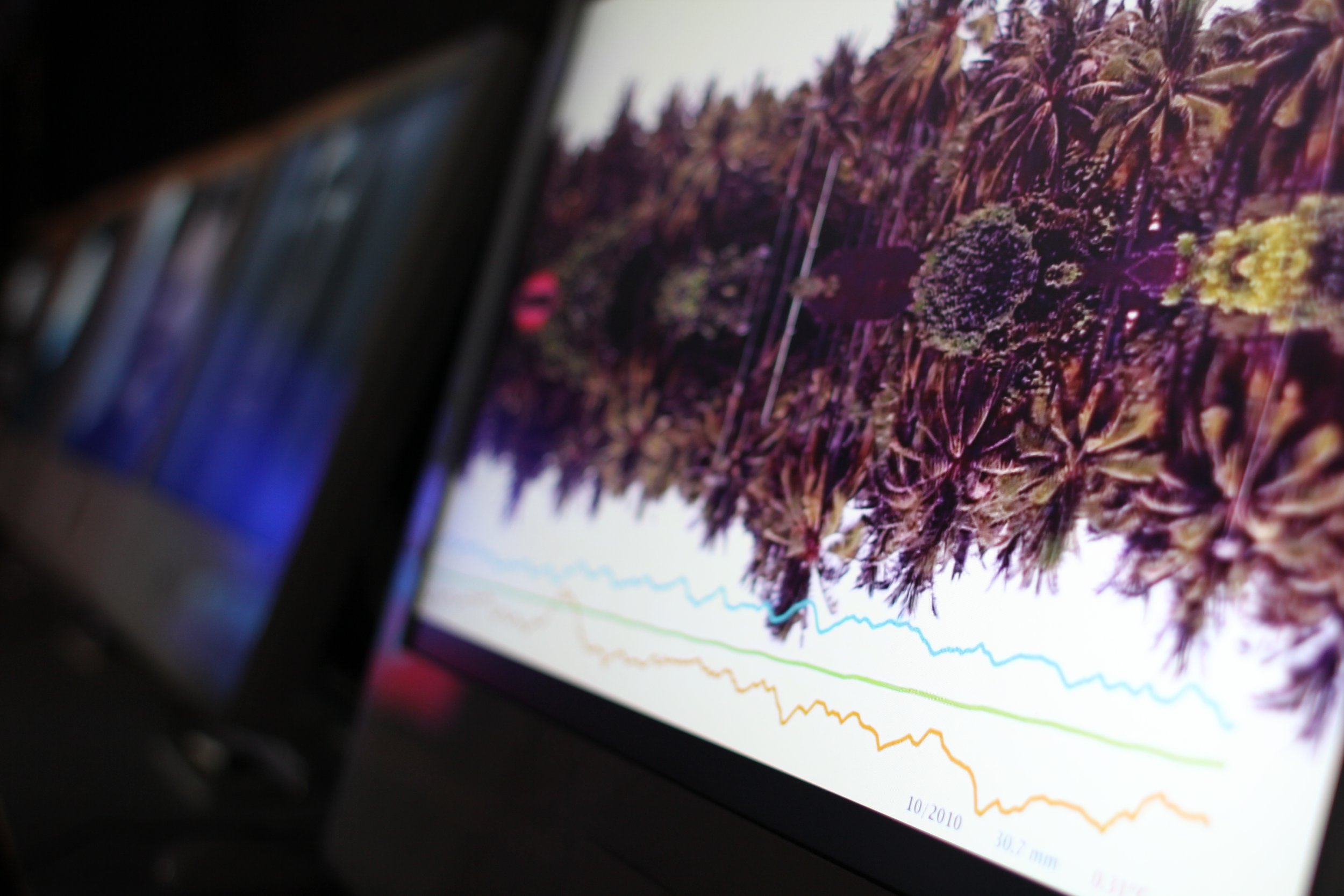SCREENGRAB International
New Media Arts Award 2009-2015
Mitch Goodwin - Creative Director & Founding Curator
Screengrab was founded in 2009 to bring emergent forms of international media arts practice from around the world to North Queensland Australia community. James Cook University and the Townsville City Council sponsored a AUD$10,000 award for works that interrogate the political and technical infrastructures of network culture.
Reproduced below are the annual artist calls for Screengrab International. Each theme was a provocation that engaged with critical media theory in the context of the technical and social impact of network culture at the time. Past themes included: Intervention (2009), Network (2010), Nostalgia (2011), Control (2012), Ambience (2013) Velocity (2014) and Resistance (2015).
Thank you
Screengrab was conceived to provide students studying the Bachelor of New Media Arts program at James Cook University the opportunity to experience new and experimental forms of screen based media by national and international artists in their Townsville campus gallery, the eMerge Media space.
The programming of the award and the curating of the exhibition required many hours of work by many people over a seven year period, starting out with just a small but dedicated gallery team: Russell Milledge, Elly Murrell, Richard Gillespie and Benjamin van Houts - and our inaugural judges Stephen Campbell and Bernadette Ashley.
Screengrab grew exponentially over the years attracting over two hundred entries annually accumulating works by artists from 43 countries. The Screengrab archive is a unique snapshot of screen based media arts practice in the early 2000s capturing works from emergent artists in South-East Asia, Australia and Europe.
Along the way we picked up many true believers, most notably Eric Nash and Rob Donaldson when Screengrab expanded to take in another location, Pinnacles Gallery at Riverway in 2013. Townsville City Council owner of the Riverway space, also matched the School’s funding to double the Screengrab award to AUD$10,000.








